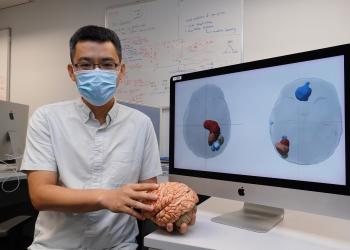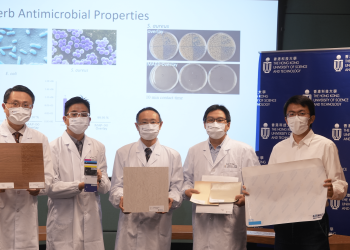News & Stories
2022
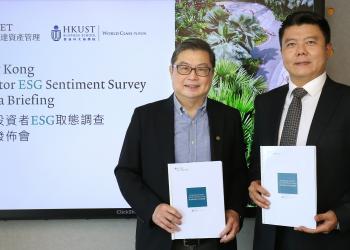
News
HKUST and Pictet Asset Management survey: Hong Kong retail investors show strong intent on ESG investment, despite awareness and associated investment experience remaining low
Hong Kong retail investors show strong intent on ESG investment, despite awareness and associated investment experience remaining low
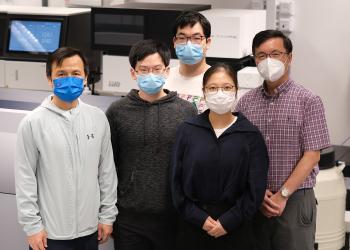
News
HKUST researchers develop long-term in vivo imaging technique to better understand and treat spinal cord injury
A research team led by scientists from the Hong Kong University of Science and Technology (HKUST) has developed an innovative technology for in vivo imaging of the important biological processes involved in the injury and repair of spinal cords, paving the way for a better understanding of the pathology and potential treatment of spinal cord injury (SCI).
A tight bundle of neural cells (neurons and glia) and nerve pathways (axons), the spinal cord serves as a primary information highway between the brain and the peripheral nerves in the rest of our body. Damage to the spinal cord is a devastating and largely irreversible neurological trauma, and can result in lifelong disability and paralysis with no available cure.
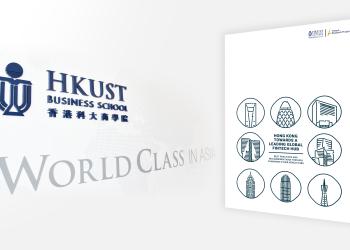
News
Hong Kong's First In-depth Fintech Development Study Points Way Forward in Strategies, Innovation and Talent Building
HKUST Business School publishes findings of an in-depth study pointing a way forward for Hong Kong’s development into a leading global fintech hub.
With fintech being a key part of Hong Kong’s drive to stay competitive as a financial center, the School of Business and Management of The Hong Kong University of Science and Technology (HKUST Business School) completed an in-depth research study pointing way forward for Hong Kong’s development into a leading global fintech hub.
News
Impact Series: A Quantum Leap into the Future
What is your first thought when you hear “quantum”? Inexplicable laws of nature? A technology for pioneering superfast computers? While quantum technology probably sounds very remote for non-scientists, many experts believe the field will eventually revolutionize our lives by enabling us to make smarter decisions in many different areas.

News
Impact Series: Hydrogels: Tomorrow’s Biomedical Solutions Today
Did you know that the hydrogels found in the contact lenses and cosmetics that many of us use every day are also crucial for the successful regeneration of our bodies’ vital internal organs? For many years, scientists have been meticulously studying the regrowing and repairing of damaged cells, organs, and tissues. A key breakthrough came when researchers established that the high water content of hydrogel polymer network structures’ make them useful for regenerative medicine.








